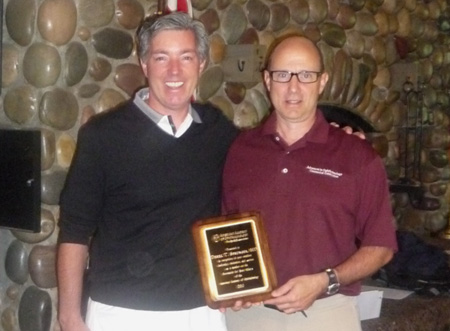Press Archive
- Charles Francis: Weakening eye surgery laws places WV patients in jeopardy
- Mark D. Mayle, MD - 2022 Secretariat Award Recipients
- Dr. Larry Schwab recognized with 2020 International Blindness Prevention Award
- Wow Moment with Joseph A. LoCasio | Bio-Tissue | #WowWednesdays
- WVU Today | Moore, Oppe named recipients of Heebink award for Distinguished Service
- Cornea Transplant Restores Young Boy’s Sight After Fishing Accident
- Keep your eyes healthy and safe in the workplace
- Glaucoma Awareness Month
- Ophthalmologists Say 90 Percent of Work-Related Eye Injuries Can be Avoided by Wearing Eye Protection
- Five Tips to Avoid Toy-Related Eye Injuries
- Details
Those who regularly eat shellfish, fish less likely to develop macular degeneration, study suggests
WEDNESDAY, Dec. 1 (HealthDay News) -- Eating a diet rich in omega-3 fatty acids appears to protect seniors against the onset of a serious eye disease known as age-related macular degeneration (AMD), a new analysis indicates.
"Our study corroborates earlier findings that eating omega-3-rich fish and shellfish may protect against advanced AMD," study lead author Sheila K. West, of the Wilmer Eye Institute at Johns Hopkins School of Medicine in Baltimore, said in a news release from the American Academy of Ophthalmology.
"While participants in all groups, including controls, averaged at least one serving of fish or shellfish per week, those who had advanced AMD were significantly less likely to consume high omega-3 fish and seafood," she added.
Read more: Can Omega-3 Foods Prevent Eye Disease in Seniors?
- Details
The new law, §17B-2-12a requires the Department of Motor Vehicles (DMV) to assure an eye screen test has been performed within 90 days every time someone applies or renews their license. A person can drive as long as their visual acuity is 20/60 or better in one eye, as long as the eye care specialist states that they feel the person has sufficient vision to safely operate a motor vehicle.
Read more: Information about Mandatory Vision Tests through WV Department of Motor Vehicles
- Details

Receiving the "Bull Dog Award" from the AAO on October 17 was Steve Powell, MD, Legislative Chair and Past President, WVAO. Also in the picture is Daniel J. Briceland, MD, Secretary for State Affairs, Mary Louise Collins, MD, chair Committee for State Governmental Affairs, and Andrew M. Prince, chair Committee for State Organizational Development.

Receiving the 2010 Surgery by Surgeons Victory Award from the AAO on October 17 were Steve Powell, MD, Legislative Chair and Past President of the WVAEPS and Nancy Tonkin, Executive Director. Also in the picture is Daniel J. Briceland, MD, Secretary for State Affairs, Mary Louise Collins, MD, chair Committee for State Governmental Affairs, and Andrew M. Prince, chair Committee for State Organizational Development.
- Details
Contact lenses that are decorative and over-the-counter, such as glow-in-the-dark or striped lenses, could be damaging to the eyes, according to the American Academy of Ophthalmology.
Wearing the lenses could lead to infections, inflammation, vision loss, and general pain, the AAO added.
Many of the decorative lenses are advertised as being fashion accessories, toys, or cosmetics, but researchers say all contact lenses need to be fitted by an eye doctor. During Halloween, many young people purchase odd-colored lenses to go with their costume.
- Details
“It is often the most common household chores and activities that can lead to devastating eye injuries,” said Randolph L. Johnston, MD, president of the Academy. “Taking the time to protect your eyes while performing these tasks is the easiest way to protect your sight.”
Read more: When It Comes to Eye Injuries, Men's Eyes Have It
- Details

Read more: Sprunger recognized by the American Academy of Ophthalmology
